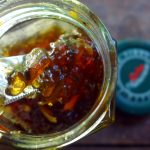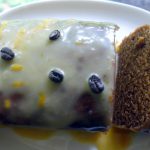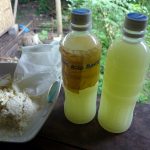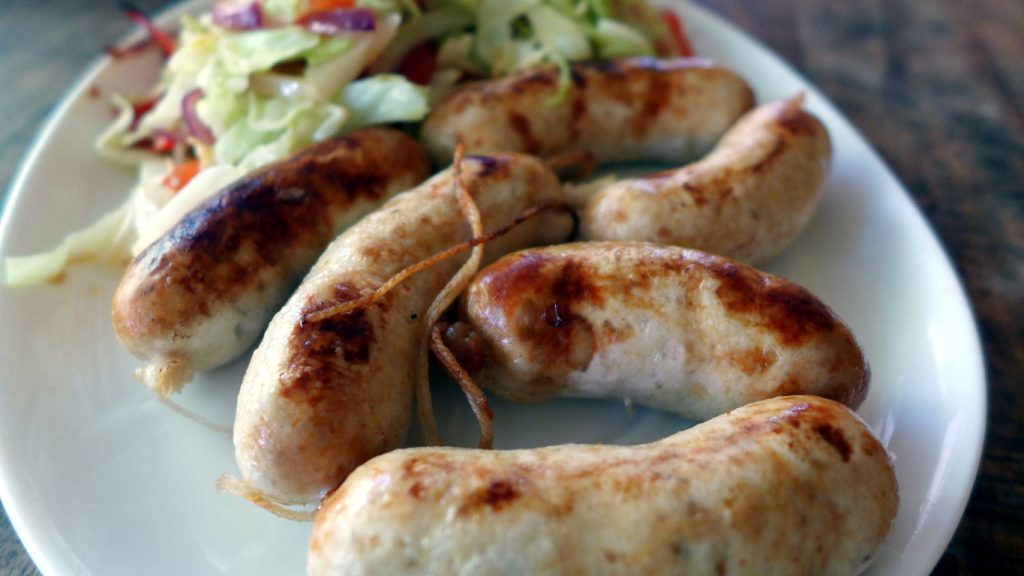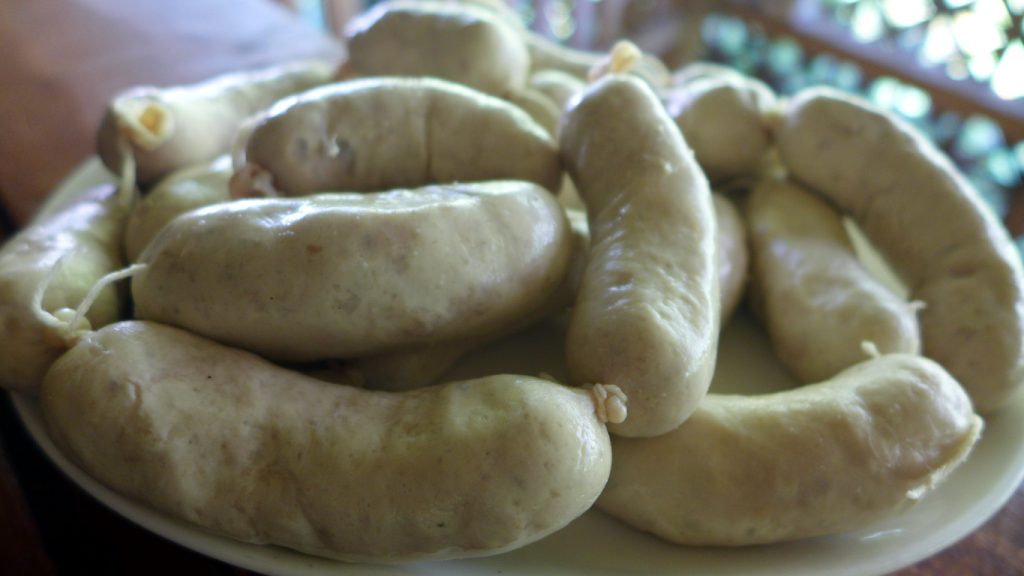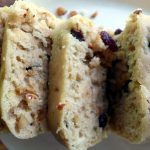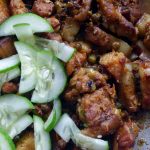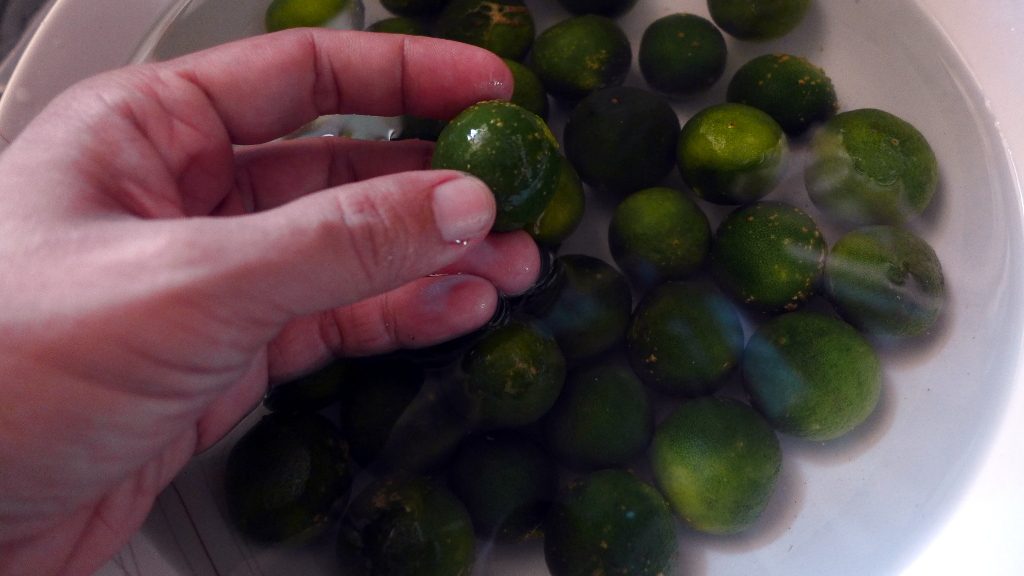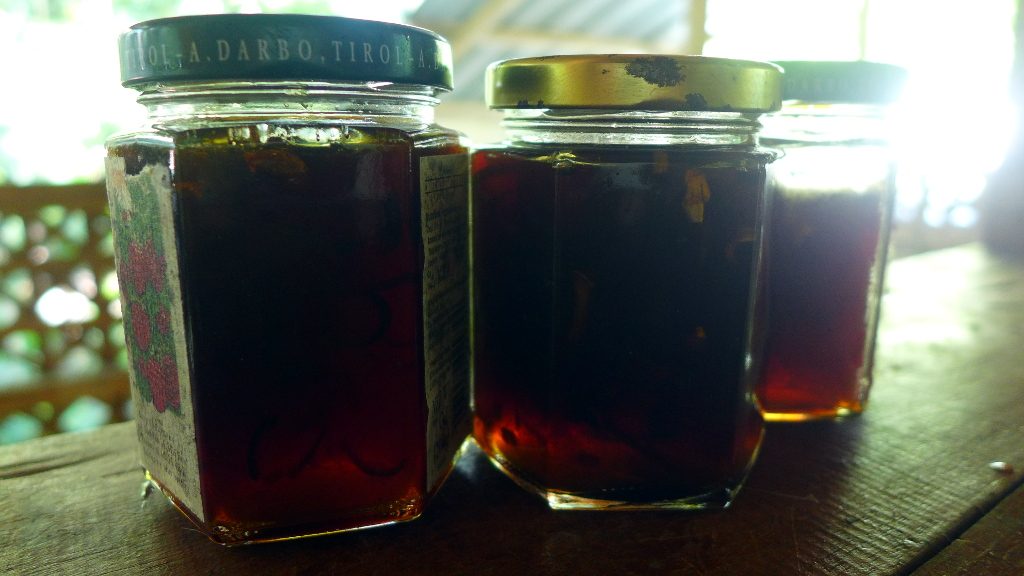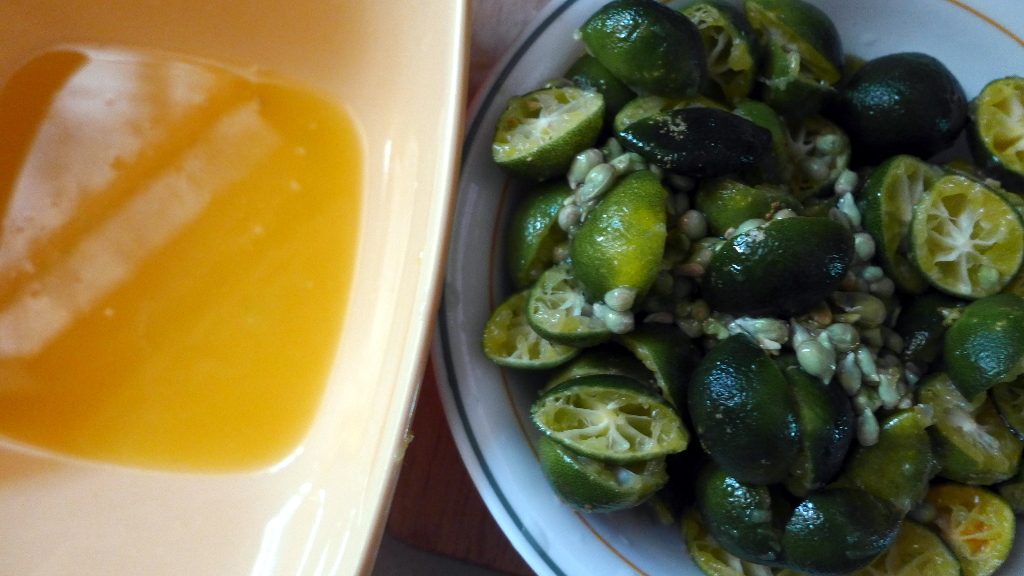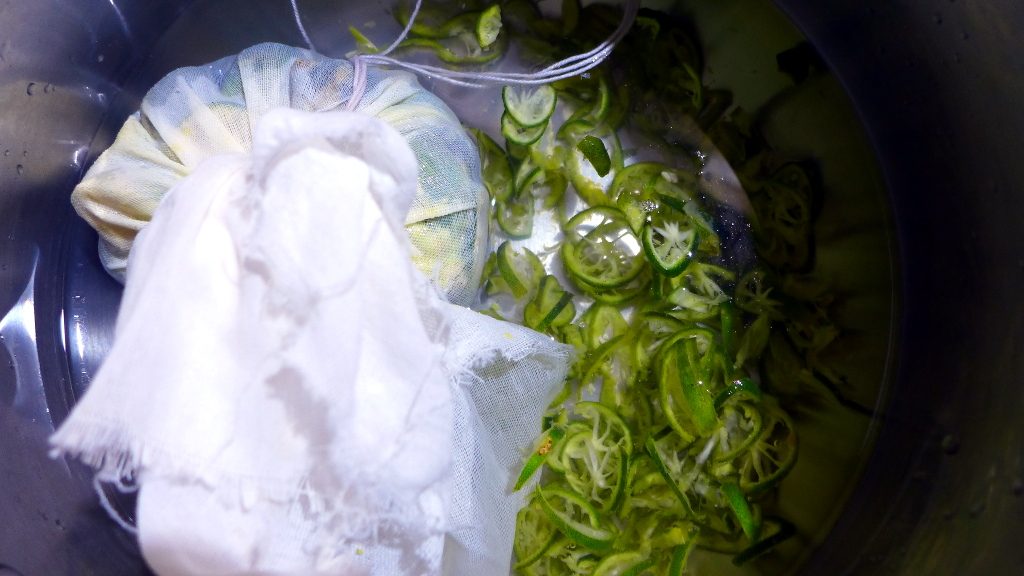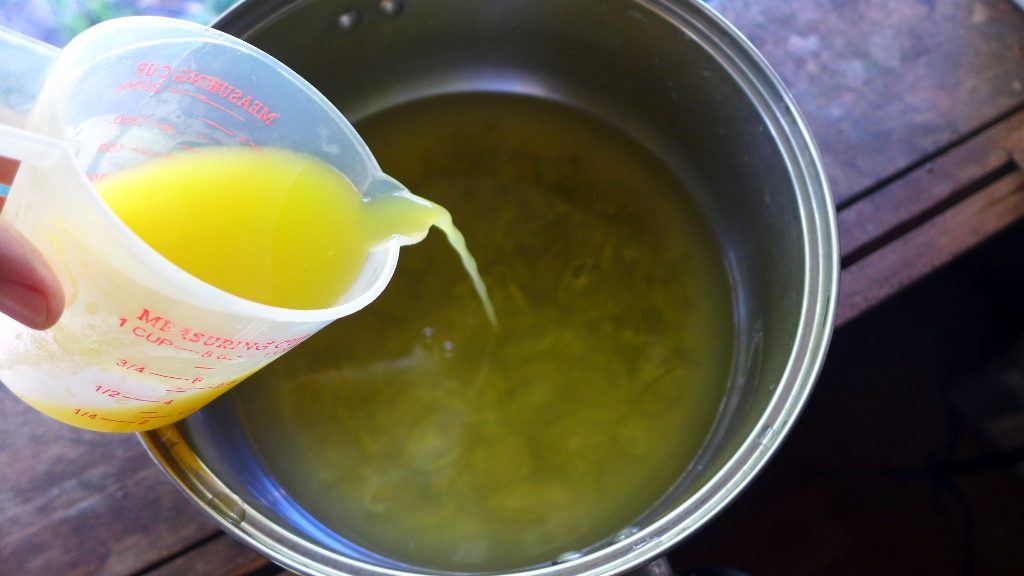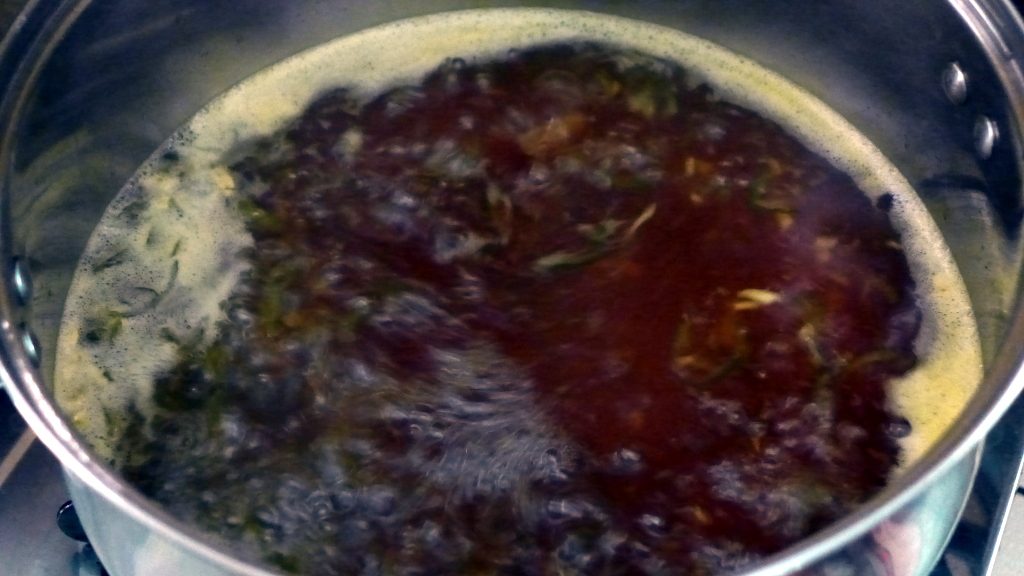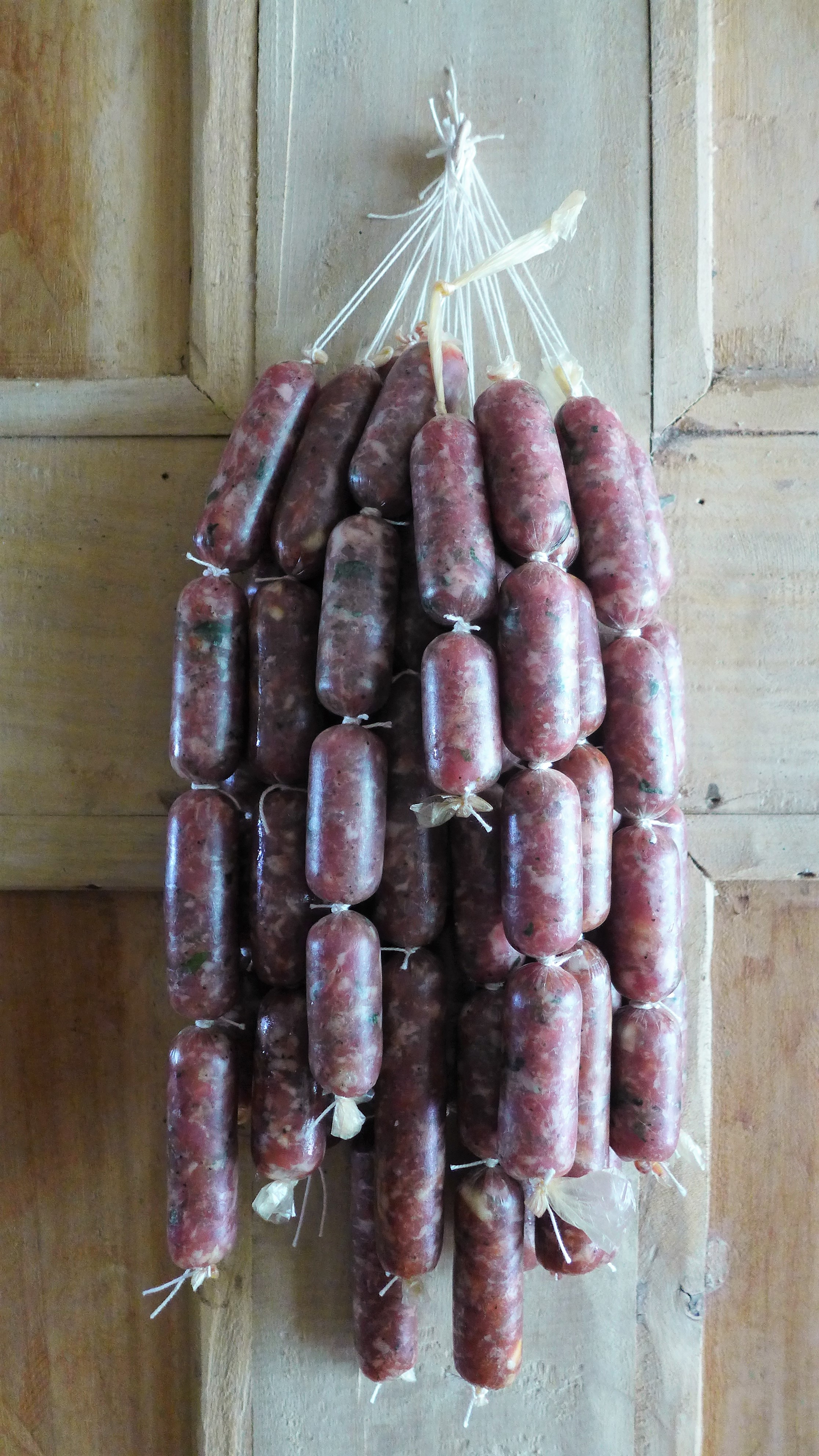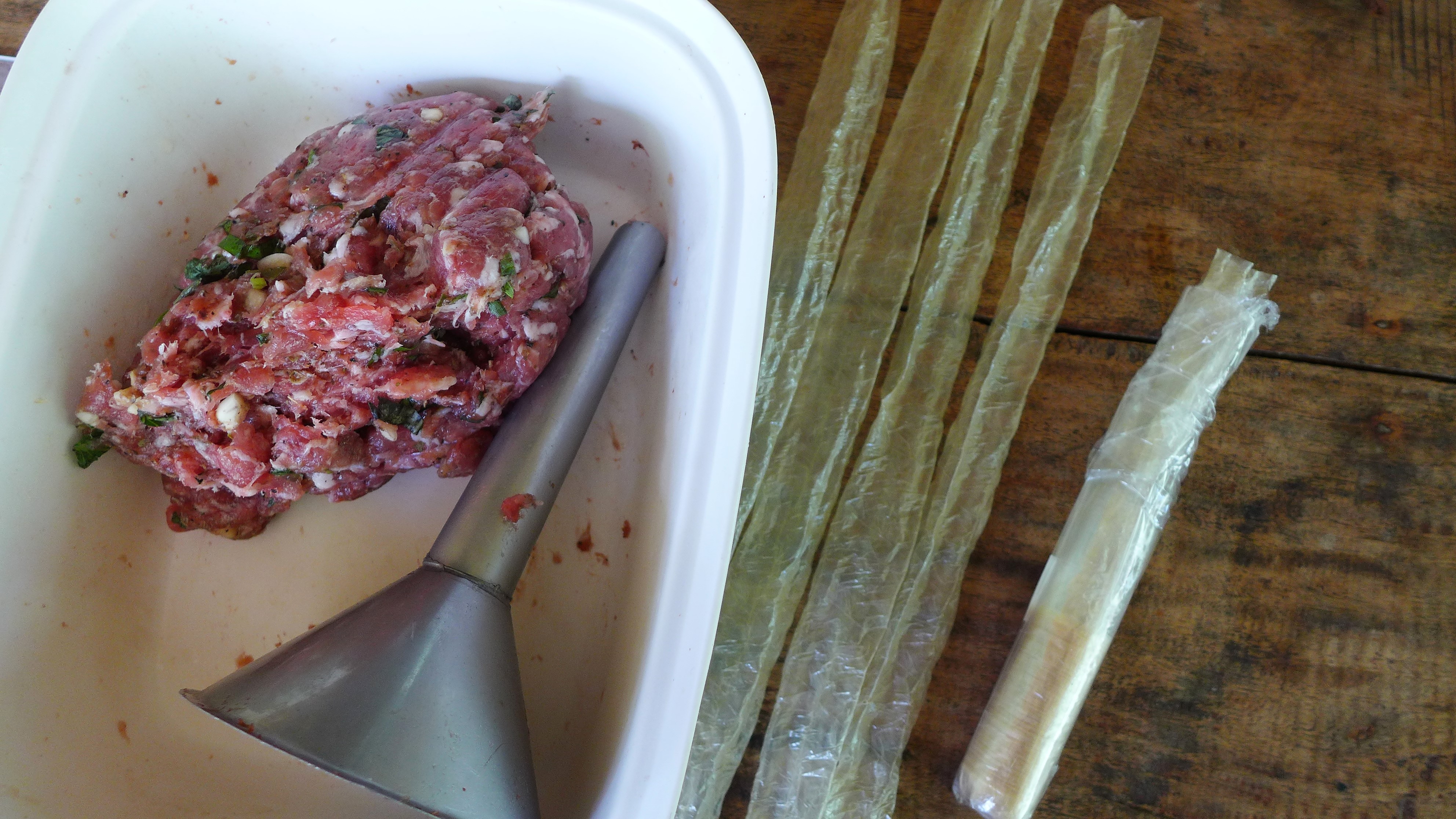After successfully making a coffee cake that requires no baking and the ingredients do not include eggs or dairy, I made an experiment this time using cranberries and peanuts instead of coffee. Here is my version of The Cranberry Nut Cake. 🙂
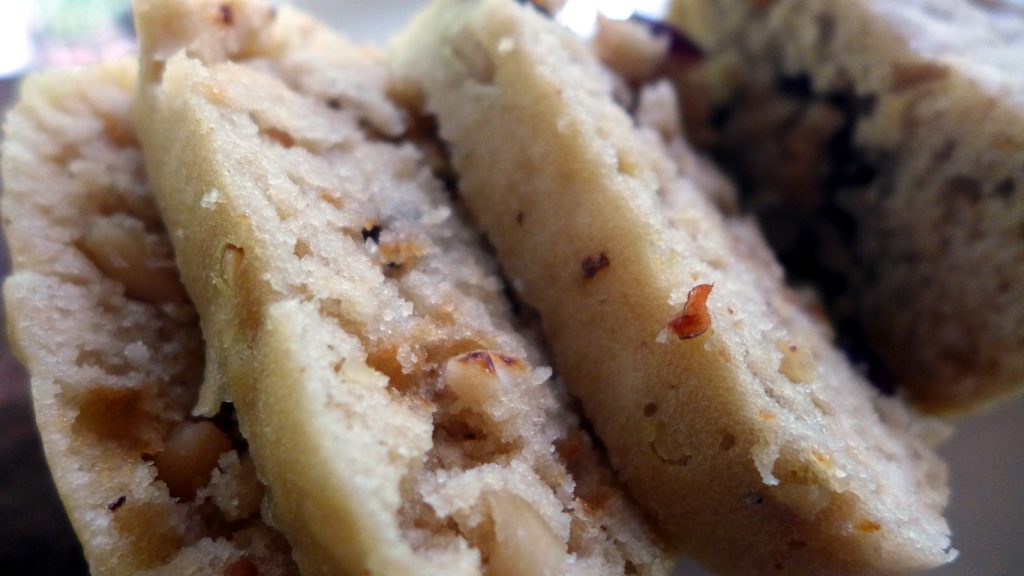
Cranberry Nut Cake by Fats
(No bake, no eggs, no milk, no butter)
Ingredients:
1 1/2 cups all-purpose flour
1 tsp baking soda
1/8 tsp baking powder
1/4 tsp salt
3/4 cup brown sugar
1/2 tbsp vanilla
1 tbsp lemon juice or vinegar
1/4 cup coconut oil or olive oil
1 cup water
1/2 cup chopped roasted greaseless peanuts (or cashew nuts)
1 cup chopped dried cranberries (or 1/2 cup chopped dried cranberries and 1/2 cup chopped raisins)
Recipe makes two 6″ loaf pan-size cakes.
Directions:
- In a bowl, sift together flour, baking soda, baking powder and salt. Set aside.
- In another bowl, combine vanilla, lemon juice or vinegar, coconut oil or olive oil and water. Add brown sugar and mix well until thoroughly dissolved.
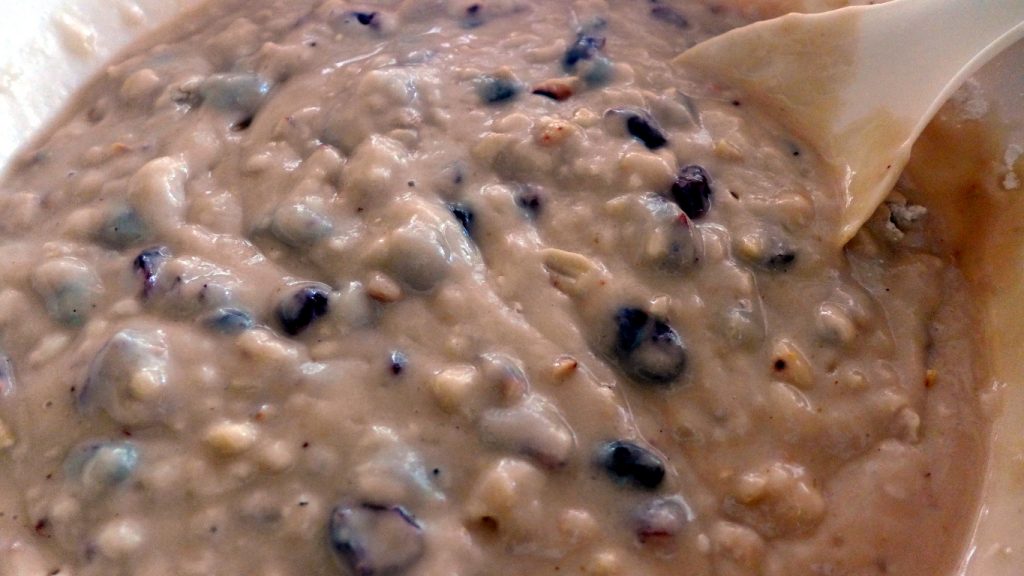
- Add wet ingredients to dry ingredients and mix, but do not mix too much or the cake will be stodgy and will not rise well. Fold in peanuts and cranberries.
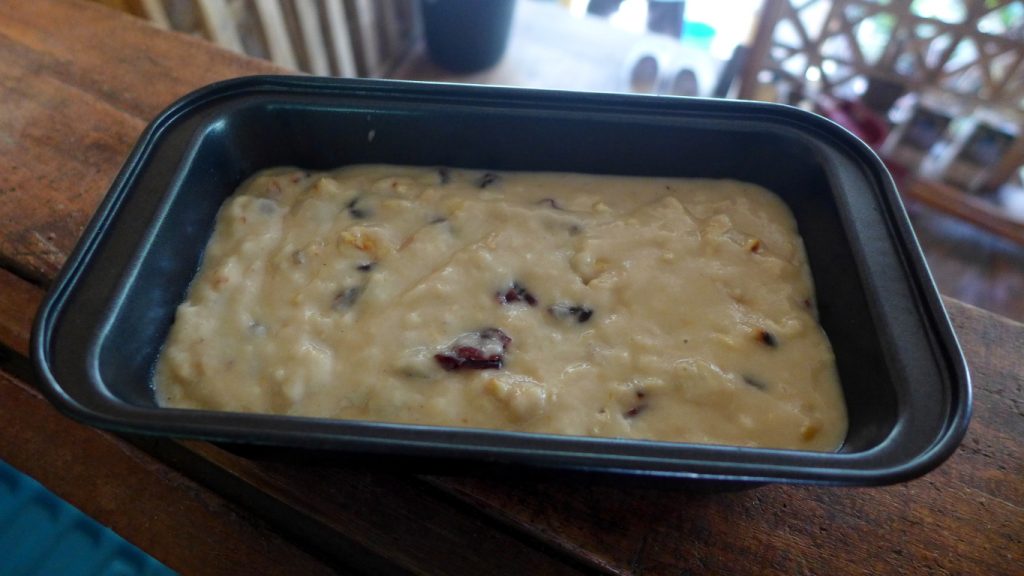
- Pour in non-stick loaf pan, filling only half to allow room for expansion. Cover with aluminum foil.
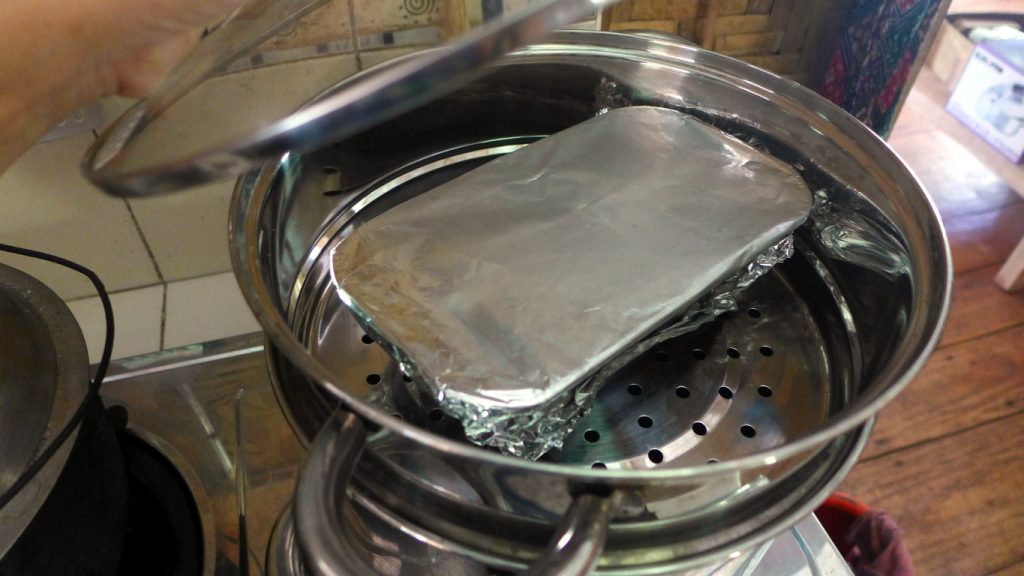
- Steam for 30 minutes. To test if done, prick with fork in the center of the cake – prick all the way through. If the fork comes out clean your cake is ready. Otherwise, steam for 5 more minutes.

- Remove cake from steamer, uncover foil to allow cake to “breathe” and cool down a bit before removing from loaf pan. Cake also tastes great when chilled. Enjoy! 🙂
Note: I have problems with dairy and thus, made this recipe. You may use almond or soy milk. However, I wouldn’t recommend those because they are highly processed food products (look at the ingredients list on the label). However, recently, I learned about A1 and A2 milk. It seems that my problems with dairy is limited to A1 type milk from cows. I experience no problems with A2 milk and thus now use such milk. Our A2 milk comes from the carabaos (water buffalos) in Ubay, Bohol.


